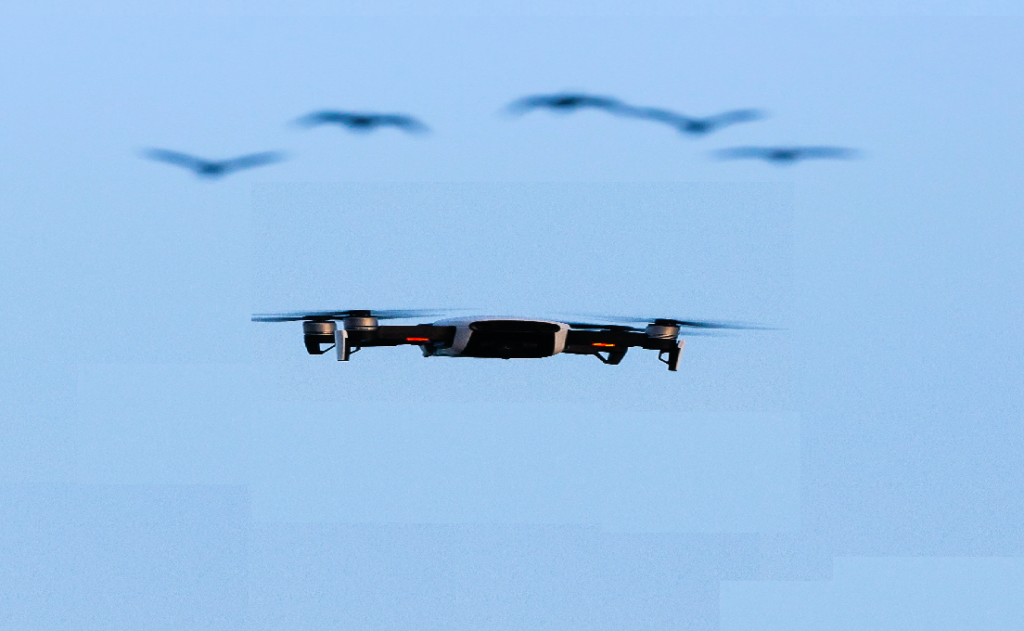It’s a bird…it’s a drone…it’s…a bit of both. It looks like the UAV (uncrewed aerial vehicles) industry could get an uplift, as a recent study by Lund University in Sweden assert to have broadened its understanding of bird flight through their creation of a feathered robotic wing. The research team believe this development could lead to a future of more aerodynamic flapping drones.
The study reports that birds fly more efficiently by folding their wings during the upstroke. This comes after a Swedish-Swiss research team constructed a robotic wing to test various flapping strategies in a wind tunnel so they can study their individual aerodynamics.
“By measuring the performance of the wing in our wind tunnel, we have studied how different ways of achieving the wing upstroke affect force and energy in flight,” says Biology Researcher at Lund University Christoffer Johansson. The team used particle image velocimetry to record its aerodynamics and then used the data collected to ascertain the forces and power generated by the various wing motions. This helped researchers understand bird flapping patterns by finding out which create the most force and are the most efficient. This new study builds on research that shows birds flap their wings more horizontally in slow flight, even though it is more energy intensive, because it is easier to stay aloft and propel themselves. “The new robotic wing can be used to answer questions about bird flight that would be impossible simply by observing flying birds. Research into the flight ability of living birds is limited to the flapping movement that the bird actually uses,” Christoffer explains.
The robotic wing allows the research team to go beyond the natural realm of birds’ capabilities:, “We have built a robot wing that can flap more like a bird than previous robots, but also flap in way that birds cannot do,” Christoffer states. So even though this information came out of natural science studies, Christoffer believes the findings have applications beyond the realm of evolutionary ecology academia. “Flapping drones could be used for deliveries, but they would need to be efficient enough and able to lift the extra weight this entails. How the wings move is of great importance for performance, so this is where our research could come in handy.”
It’s believed that drones fitted with flapping wings instead of rotors could enable UAVs to be more agile in flight and could enable drones to fly more slowly, which could, among other things, benefit uses in monitoring or imaging. Another potential interest of these flappable drones is battery life. In 2018, Scientists in Australia, in collaboration with researchers from the French Institute of Aeronautics and Space unveiled a bird-like drone with flappable wings, with the goal being to enable drones to operate for extended periods of time than just by using batteries alone. But Unlike Lund University’s robot, the wings on the Australian-French endeavour didn’t feature a foldable wing.
There’s also plenty of other industry editorial at IoT Insider’s sister publication, Electronic Specifier. And you can always add to the discussion at our comments section below or on our LinkedIn page here.
